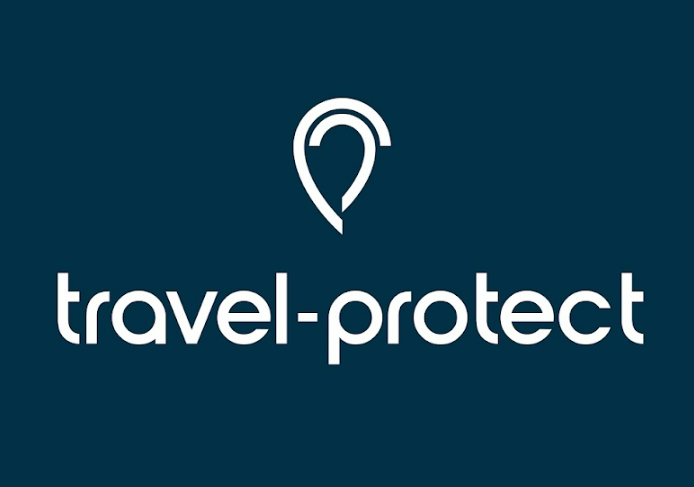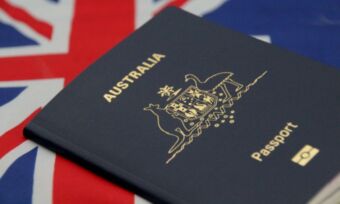What is adventure travel?
Adventure travel (also referred to as adventure tourism) is the act of travelling to a destination with the intention of taking part in extreme sports or activities that are riskier than the typical tourist experience. This could include skiing and snowboarding in the mountainous areas of Japan, abseiling or rock climbing in Yosemite national park in the United States of America or snorkelling and scuba diving in the crystal blue waters of Fiji.
How much does adventure travel insurance cost?
Adventure travel insurance policies will generally be more expensive compared to standard offerings, as they provide cover for sports and activities that come with greater risks to insurers. This means claims relating to injury or damaged equipment are more likely to occur and insurers will more often have to pay them out. Some standard policies may offer coverage for adventurous activities and sports as an add-on for an additional cost, such as through winter sports (skiing and snowboarding) or water sports (kayaking and scuba diving) packages. It’s important to check a policy’s Product Disclosure Statement (PDS) as well as other relevant documentation to see what activities are and aren’t covered by a policy.
What sports are included in my adventure travel insurance?
Adventure travel insurance policies usually cover a variety of different sports and activities, but specific coverage depends on the policy and provider. Here’s a list of activities that may be included:
- Water sports and activities: Surfing, windsurfing, boating, fishing, jet and water skiing and stand-up paddleboarding. Underwater activities like snorkelling and scuba diving may have depth limits (such as up to 30 metres). Activities like kayaking, canoeing and white water rafting are also usually included, but may be limited due to the difficulty ratings of the waterways being used.
- Mountain/rock sports and activities: Mountain biking, rock climbing (both indoor and supervised outdoor) and abseiling. There may be altitude limits (often around 3,000 to 4,000 metres above sea level) on activities such as hiking and trekking.
- Winter sports and activities: Skiing and snowboarding (on marked slopes also referred to as on-piste), snowshoeing, tobogganing, dog sledding and ice skating. Snowmobile usage may also be covered, but operators will often need to be licensed.
- Aerial sports and activities: Parasailing, paragliding, skydiving and hot-air ballooning. Height-based activities like bungee jumping and zip-lining may be subject to specified altitude limits.
- Other activities: Horseback riding, skateboarding, caving and spelunking, archery, shooting (typically at a licensed range), go-karting, paintballing, zorbing and amateur sports (e.g. volleyball, football, rugby, martial arts etc.). Quad biking, scootering and motorcycling may also be included, but you will usually need to have the correct licence or an approved guide or supervisor in order to be covered.
More extensive lists of what sports and activities are included can be found in a policy’s PDS or by contacting the provider directly.
What adventure sports are excluded?
Extremely high risk activities and sports will often be excluded from adventure travel insurance policies, as they are considered too potentially dangerous for providers to insure. A list of some generally excluded activities are:
- Extreme aerial sports: Base jumping, parachuting and wingsuit flying are often excluded due to their high risk. Other aerial activities, such as hang gliding and aerial acrobatics, may also be excluded without specific high-risk coverage.
- High-risk rock and mountain climbing: Mountaineering is generally excluded, as well as hiking and trekking above certain altitudes (e.g. over 3,000 metres). Abseiling, rock climbing and bouldering without ropes, safety equipment or supervision is usually excluded.
- Unmarked or backcountry snow sports: Off-piste (away from marked ski runs) skiing or snowboarding, aerial skiing and heli-skiing are often excluded. Other high-altitude winter sports, such as ski mountaineering, are also generally excluded.
- Motorsports: Racing in any type of motor vehicle is typically excluded, unless you have a specialised insurance policy. Other motorsport activities such as motocross, off-road motorbiking and rally driving are usually not covered either.
- Water sports depth limits: Diving below certain depths in water (often 30 metres without appropriate certification) is often excluded. Some policies may also exclude activities like cave diving and scuba diving without a qualified guide.
- Contact sports: Competitions and professional events relating to contact sports, such as martial arts, rugby, boxing etc. aren’t typically covered.
- Other sports and activities: Hunting, parkour and bull riding are also generally excluded.
More extensive lists of what sports and activities are excluded can be found in a policy’s PDS or by contacting the provider directly. Some policies may have specific add-on insurance to cover excluded activities, so it’s often important to check with a provider that the activities you intend on participating in will be covered before you purchase a policy.
What are some general adventure travel insurance exclusions?
Even if your chosen activity or sport is included in your policy, there may be situations in which your adventure travel insurance typically won’t cover you:
- Failing to use safety equipment: Claims resulting from activities where required safety equipment was not used will generally be rejected. An example of this is riding a motorbike/scooter without a helmet or rock climbing without ropes, a harness or a helmet.
- Being personally unlicensed or performing an activity without a licensed supervisor: Some insurers require you or the person supervising your activity to have specific licences for them to provide coverage. For example, if you went scuba diving without the appropriate qualifications or the person supervising your quad bike tour wasn’t licensed, claims related to injuries suffered during either of these scenarios would be more than likely denied.
- Being under the influence: Claims relating directly to injuries that occurred while under the influence of drugs and/or alcohol, especially when participating in adventurous activities, are more than likely to be rejected.
- Pre-existing conditions: Sometimes you can pay a bit extra to get certain pre-existing medical conditions covered by your insurer. However, if at the time of purchasing the policy you were aware of something that would give rise to you making a claim and didn’t inform your insurer, your claims relating to the condition may be denied. This is why it can be important to be honest with your provider about your pre-existing conditions, as even some well-managed conditions (like asthma or diabetes) may not be covered unless explicitly approved. It’s often worth checking the PDS of your policy or contacting your provider directly to find out if your condition is/can be covered.

































 As Canstar’s Group Manager, Research, Ratings & Product Data, Josh Sale is responsible for the methodology and delivery of Canstar’s Travel Insurance Star Ratings. With tertiary qualifications in economics and finance, Josh has worked behind the scenes for the last five years to develop Star Ratings and Awards that help connect consumers with the right product for them.
As Canstar’s Group Manager, Research, Ratings & Product Data, Josh Sale is responsible for the methodology and delivery of Canstar’s Travel Insurance Star Ratings. With tertiary qualifications in economics and finance, Josh has worked behind the scenes for the last five years to develop Star Ratings and Awards that help connect consumers with the right product for them.






